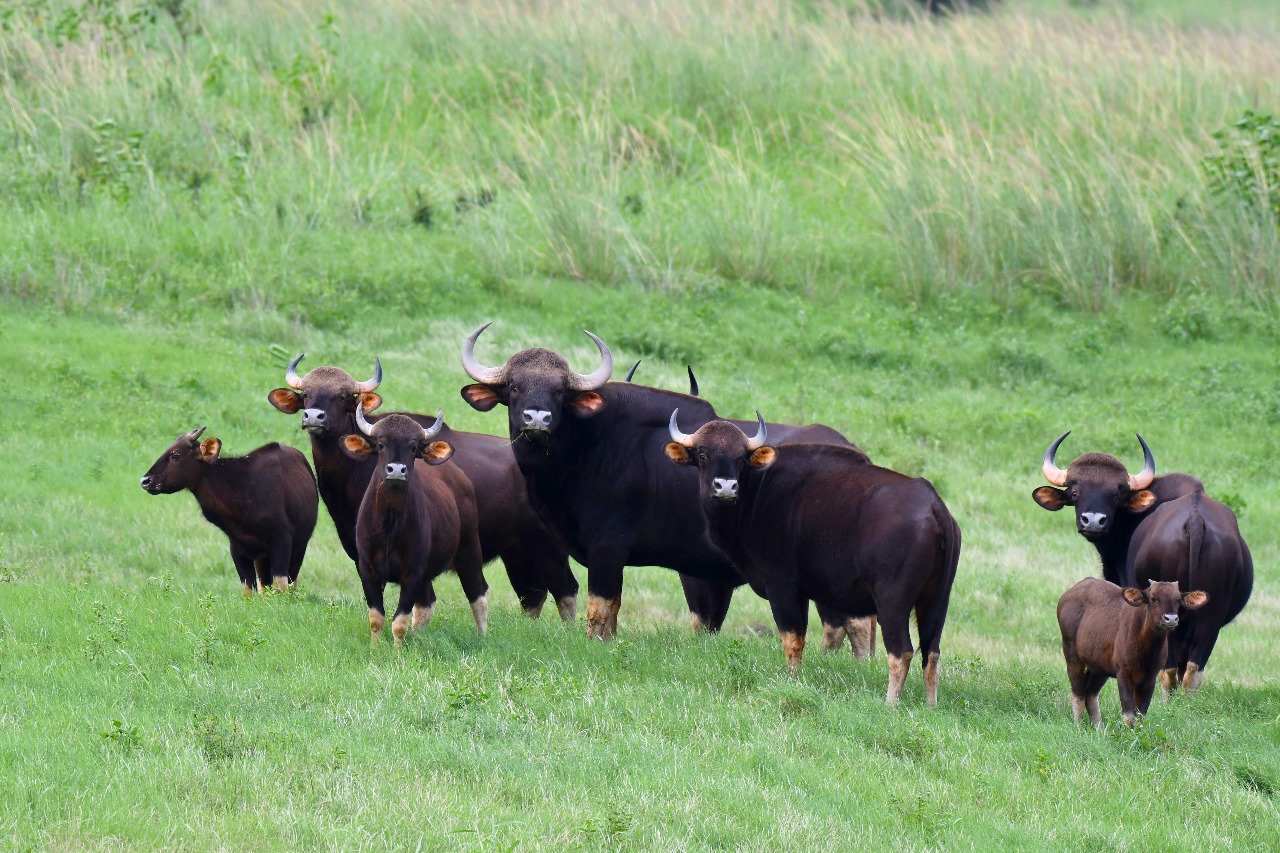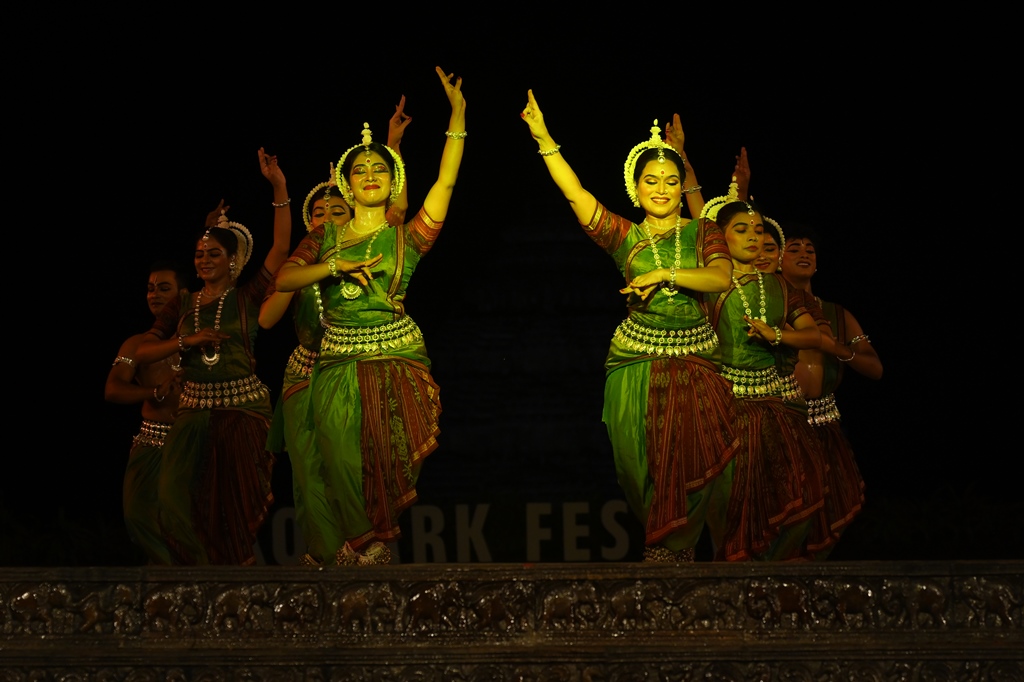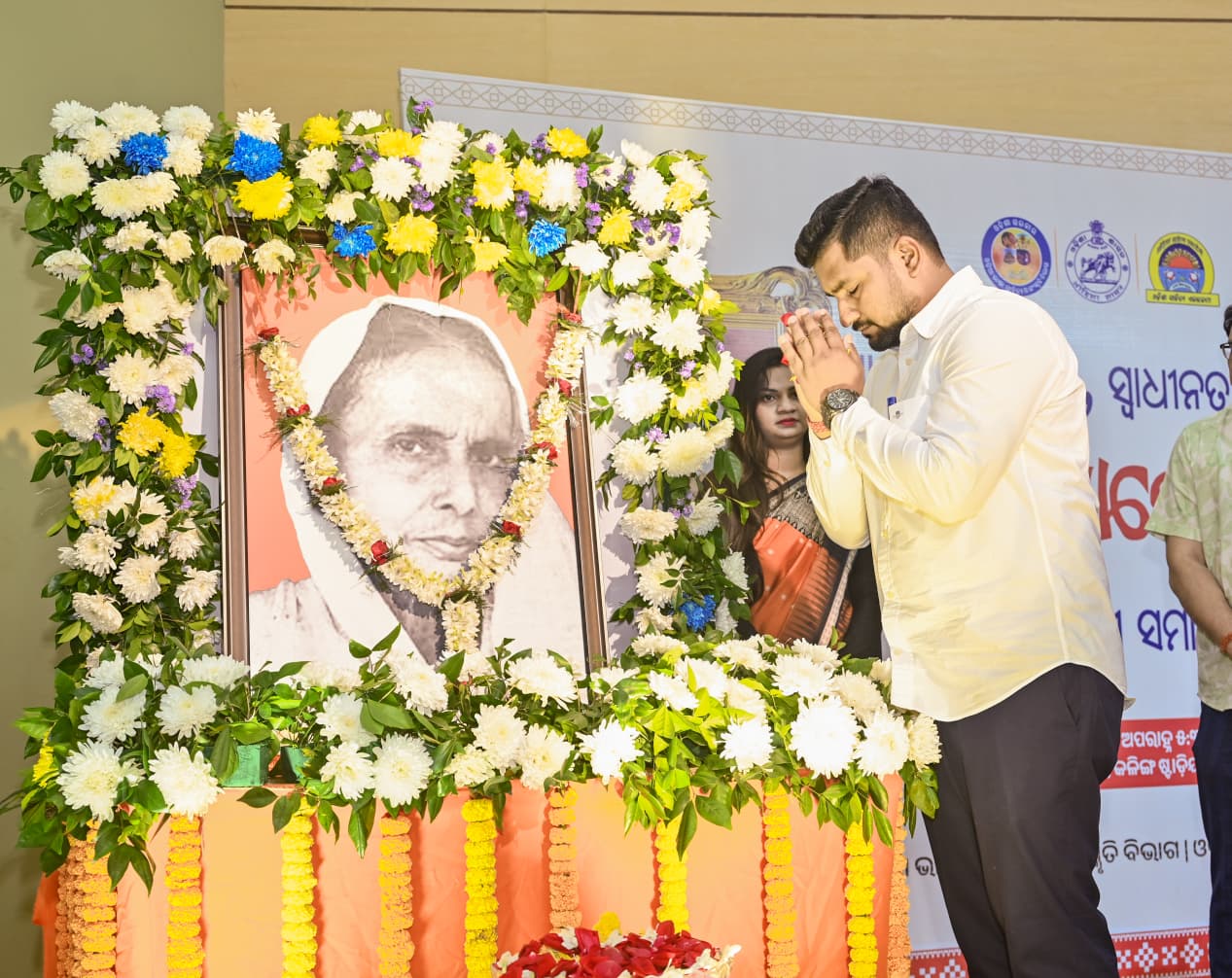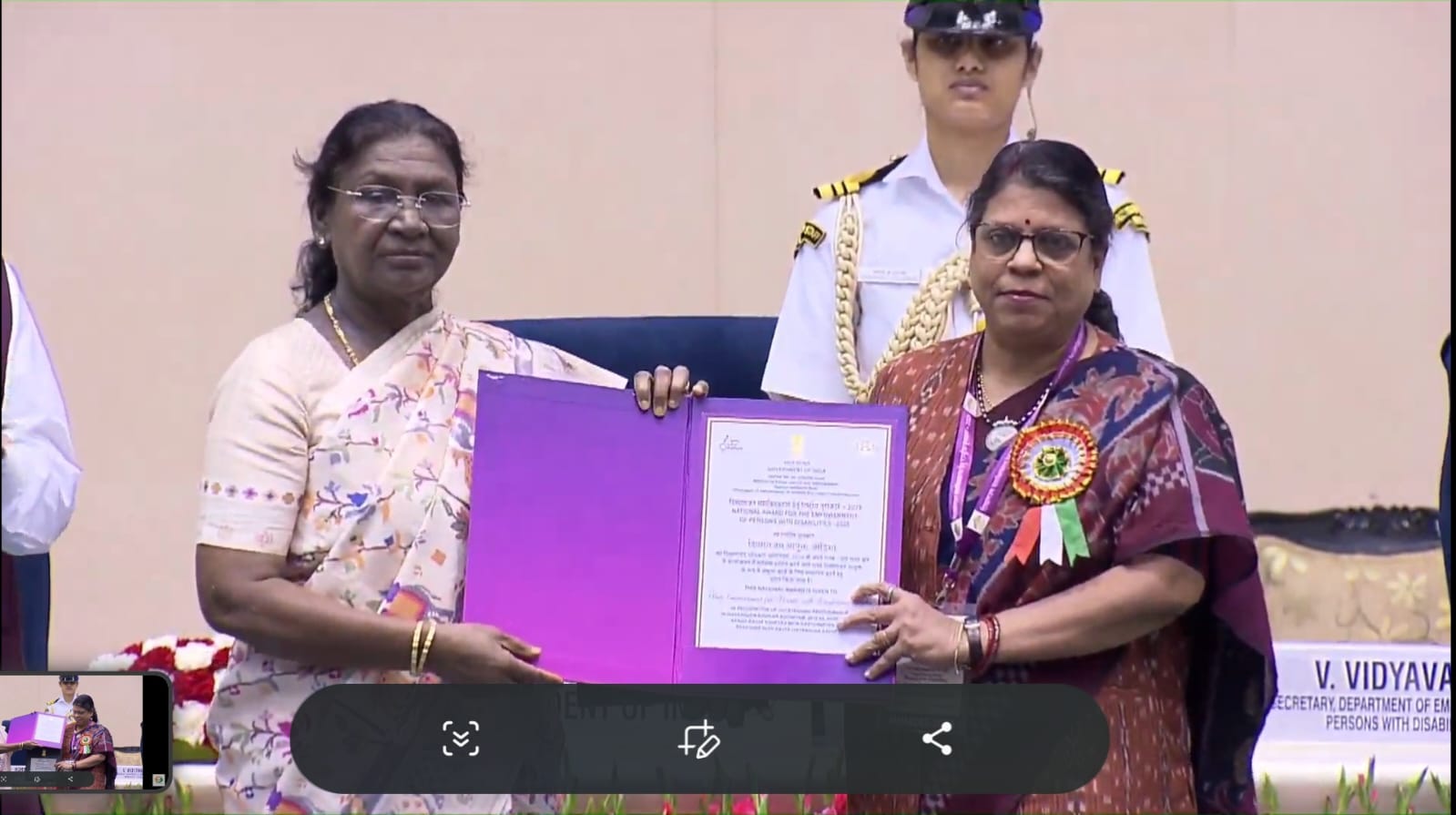Debrigarh: The Debrigarh Wildlife Sanctuary in Odisha has successfully conducted its first-ever census of Indian Bison, also known as Gaur, on November 12 and 13, 2024. The census revealed a robust population of 659 Gaurs, including 210 juveniles, making up 30% of the total count. This high percentage of young individuals indicates a thriving and growing population in the sanctuary. The census recorded 52 herds, with sizes ranging from 8 to 33 individuals. Among them were females with calves and massive bulls weighing up to 1,500 kilograms.
The population estimation exercise was carried out using direct observation techniques by 114 team members across 53 census units. The systematic survey covered forest trails, animal paths, water bodies, grasslands, and saltlicks. The census lasted two days to account for detection challenges due to dense vegetation and group movements. Despite a detection probability of 80%, approximately 20% of the population may have been missed. The sanctuary’s tourism zone alone reported the presence of over 100 Gaurs in six herds, including some with more than a dozen individuals.
The sanctuary, interwoven with streams like Badjor and Singhduda and supported by the adjacent 700 sq. km Hirakud Wetland, provides an ideal habitat for the Gaur. The wetlands ensure year-round water availability and play a vital role in sustaining the ecosystem. The Gaurs thrive in the sanctuary’s meadows, feeding on a wide variety of grasses and browsable plants such as bamboo, palas, and sal. These nutritious plants, available seasonally, are complemented by fruits, leaves, bark, and young shoots.
Extensive habitat management efforts, including the removal of invasive plant species and the restoration of meadows, have been critical to fostering a healthy population. Since the relocation of all villages from the sanctuary in 2022, there have been no recorded incidents of human-Gaur conflicts or crop raids, further supporting the species’ conservation.
The Indian Bison, classified as a Schedule-1 species under the Wildlife Protection Act, 1972, and listed as Vulnerable on the IUCN Red List, is the largest and tallest wild cattle species in the world. India is home to 85% of the global Gaur population, estimated between 15,000 and 20,000 individuals.
The success of this census underscores the importance of Debrigarh Wildlife Sanctuary as a critical habitat for the Gaur. The findings reaffirm Odisha’s commitment to wildlife conservation and highlight the sanctuary’s role in preserving this majestic species for future generations.





